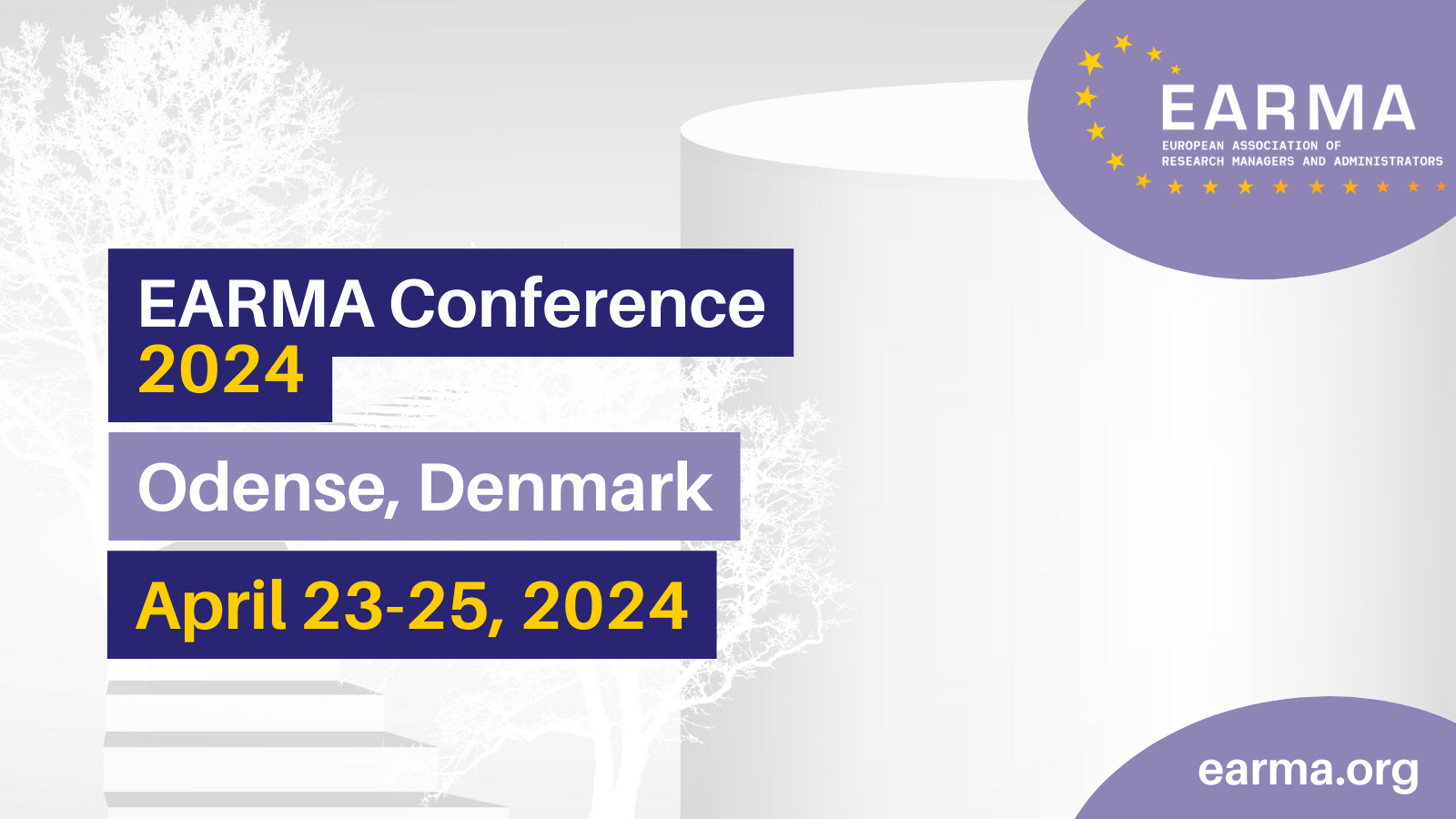RMA Foresight Competences in the Era of AI
None
Conference
Format: Oral 30 Minutes
Topic: Professional and Career Development
Abstract
Main Challenge
Artificial Intelligence (AI) is revolutionizing work, and the RMA professions do not remain untouched in this tremendous change. The traditional key competences and tasks of RMAs can be assisted or even replaced by delicate usage of AI tools. Hence, the added value of human professional RMA competences must be delivered in new ways, complementary to the AI-produced content. Foresight skills are among them.
Many organisations are increasingly aware of the advantages of active foresight work. However, this work is often lacking long-term vision and efficacy. Furthermore, its implications are not considered holistically in decision-making processes, nor do they contribute to recognizing novel innovation potential.
Universities should have the capacities to act as pioneers of future trends and signals and shared vision of the desired future. Often, however, they lack relevant skills and competencies for systematic and strategic foresight work. Towards the new era of AI, RMAs can have an essential role in foresight, supporting RDI processes and knowledge valorisation.
Cycle for Foresight Process
Foresight work should be regular and systematic, integrated to universities’ strategy work, development processes and everyday tasks. As the RMAs support development activities and projects, they are the ones, who should be able to ensure, that future trends and signals are recognized and considered. This requires capacity for foresight work, including competences, methods, and tools.
For simplifying the process, we have prepared a cycle for foresight data management and systematic foresight process with five different phases:
1. Mapping of the present situation and defining objectives
2. Future data collection and processing
3. Creation of alternative visions and defining the desired one
4. Utilization of data and results in decision-making
5. Actions and follow-up
All these phases can be supported by guiding questions, foresight methods and tools as well as defined competencies. E.g., creativeness is needed while generating visions. When this process is well imbedded and resourced in RDI services processes, proper future data management and clear vision will make selection of focus areas and topics more transparent and decision-making better based on data. In all this work AI can be utilised, but it cannot beat human professionals with capacities to be innovative and make value judgements.
Conclusion
As the status of RMAs will change in the era of AI, our mission should be to rearrange ourselves in universities. Foresight activities should be included in the services of RMA. We’ll need new foresight skills and resources for RMAs, collection of foresight tools as well as systematic future data management and approaches of foresight processes at organisational level. With better human understanding of the future trends and shared vision, RMAs can support researchers towards more impactful and sustainable topics and activities also in the era of AI.
Main take-away message
With our presentation we want engage and inspire the RMA community to envisage and debate our future competences and assets in a rapidly changing world. We RMAs should remember that we can also influence our desired future – the future is made together.

